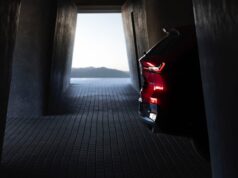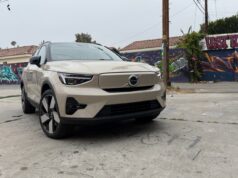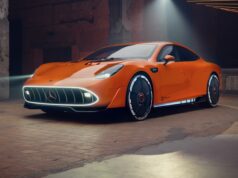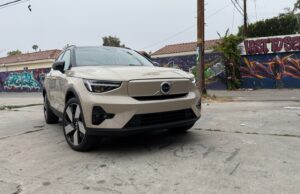Hyundai and Kia have announced plans to add a new solar charging system to some of its vehicles starting in 2019. The solar panels will be incorporated into the roof or hood of the vehicles, which will then charge the vehicle’s batteries.
The new solar charging technology will be used to charge the vehicle’s main power source, which will provide additional electric power, increase the driving range and reduce CO2 emissions. The technology is also being developed so that it can be used by non-hybrid or electric vehicles.
Hyundai and Kia are developing three solar roof charging systems: A silicon solar roof system, a semi-transparent solar roof system, and a lightweight solar-lid on the vehicle’s body.
The first-generation silicon solar roof system will be used by hybrid vehicles with the panels mounted on the roof. The system can charge 30-60 percent of the battery per day. The second-generation semi-transparent solar roof system will be used by vehicles with an internal combustion engine. The semi-transparent solar panels still allow you to open the roof of the vehicle, since they are applied to a panoramic sunroof.
The third-generation lightweight solar-lid system, mounts the solar panels on the roof and hood of the eco-friendly vehicles.
“In the future, various types of electricity generating technologies, including the solar charging system, will be connected to vehicles. This will enable them to develop from a passive device that consumes energy to a solution that actively generates energy,” said Jeong-Gil Park, Executive Vice President of Engineering Design Division of Hyundai Motor Group., who has developed this technology. “The paradigm of the vehicle owner will shift from that of a consumer to an energy prosumer.”
Source: Hyundai














